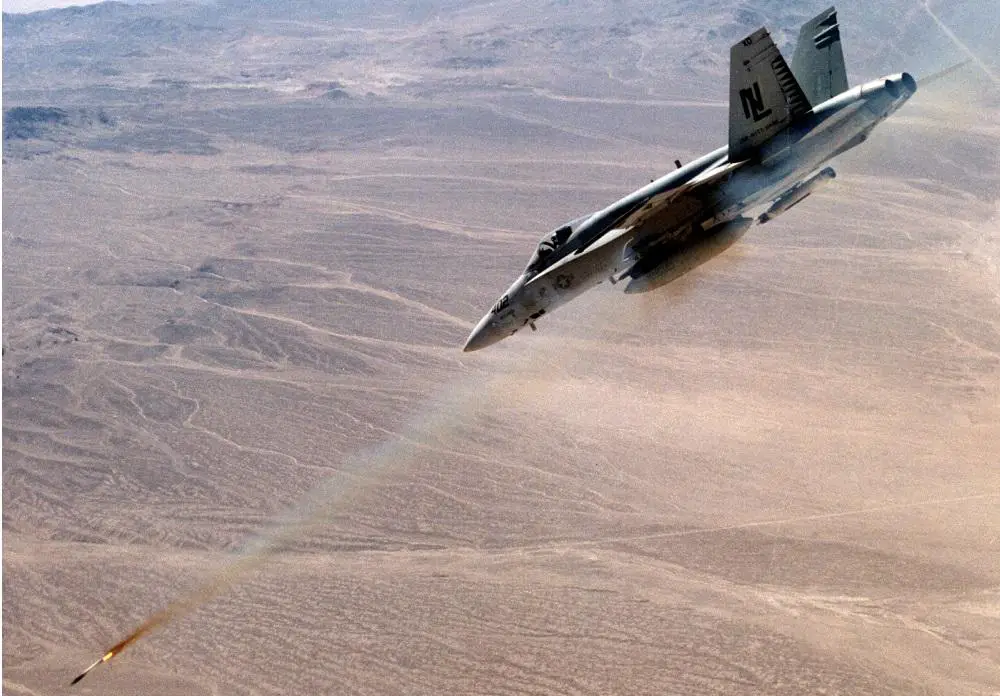The U.S. Department of Defense (DoD) announces the Biden Administration’s commitment of $3.075 billion in additional security assistance for Ukraine. The new military aid package includes 4,000 Zuni 5-inch Folding-Fin Aircraft Rocket (FFAR). The Zuni 5-inch Folding-Fin Aircraft Rocket (FFAR), or simply Zuni, is a 5.0 in (127 mm) unguided rocket developed by the Hunter-Douglas Division of Bridgeport Brass Company and deployed by the United States armed forces, and the French Air Force. The rocket was developed for both air-to-air and air-to-ground operations. The Zuni is usually fired from the LAU-10 rocket pod holding four rockets. This means that Ukrainian MiG-29 jet fighters or Mi helicopters will be equipped with it.
The Zuni was named after the Zuni Native American tribe in modern day New Mexico. The Zuni was designed as a modular system, to allow the use of different types of warheads and fuzes. One type of warhead had a proximity fuze, as the rocket was originally intended to be used as an air-to-air rocket. This led to its selection as the basis for the AIM-9 Sidewinder airframe in the early 1950s. The Zuni was approved for production in 1957. Overall rocket length and weight will vary dependent on fuzed warhead combination. Standard warheads include the Mk 24 GP explosive warhead that is 0.48 m long, has a diameter of 133 mm and weighs 22 kg, and the Mk 32 shaped charge warhead for anti-armour targets that is 0.76 m long, has a diameter of 133 mm and weighs 20 kg.

The 5-inch (127 mm) Laser Guided Zuni Rocket is a precision weapon and an upgrade to the unguided Zuni rocket. The precision weapon fits in the same launcher as unguided Zunis and requires only a 28V firing pulse and a semi-active laser designator. The high speed profile of the weapon will permit tactical aircraft using existing targeting pods to rapidly and accurately engage a target while staying outside the range of an enemy’s weapons. The WGU-58/B Guidance and Control system can provide an immediate precision guided weapon capability to any aircraft capable of carrying the LAU-10 pod. The weapon was developed under a Cooperative Research and Development Agreement with the Weapons Division of the U.S. Navy’s Air Warfare Center in China Lake, California.
The North American division of MBDA is the only manufacturer of the Laser Guided Zuni Rocket, which is similar to the Advanced Precision Kill Weapon System upgrade to the Hydra 70 system. The Laser Guided Zuni Rocket is composed of the new WGU-58/B Guidance and Control Section that is attached to the front end of an unguided Zuni rocket and warhead. The weapon requires semi-active laser energy to guide to a precise target. The Laser Guided Zuni Rocket is on the U.S. Marine Corps Aviation Weapons Roadmap and Plan and is compatible with any aircraft that is cleared to carry unguided Zunis in a four-place LAU-10 Launcher, including AV-8B Harriers, F/A-18 Hornets, AH-1 Cobra helicopters and P-3 Orion aircraft.

















